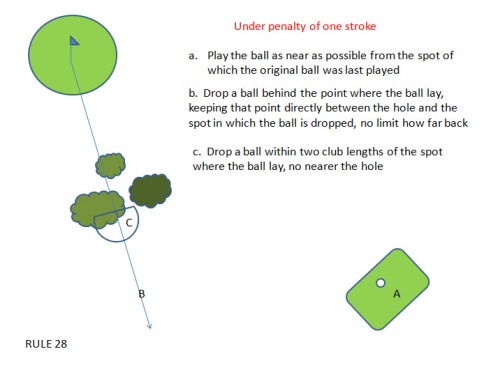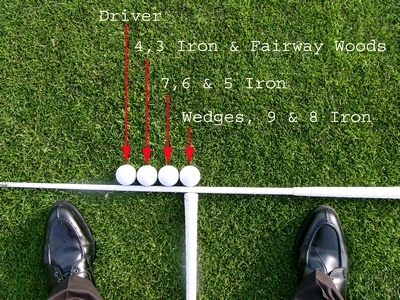Wow, what a summer! Here in Iowa we have had record-breaking rain and high heat/humidity. Combine these elements and we have pretty much baked for the past 3 months. Put these elements together and our grass has pretty much baked/suffocated as well. Many times the excellent conditions of our golf courses go fairly unnoticed, good turf conditions are expected these days and are somewhat underappreciated by most golfers. The going unnoticed becomes the noticed in extreme conditions however. Consider this, according to WeatherUnderground.com Des Moines has had 26.91″ of rain from June through August. Same time last year we had 11.91″.
Wow. No wonder I had water in my basement earlier this month.
I received an email forwarded to me from a golf course superintendent here in the Des Moines area. This passage is taken from the August 7th Wall Street Journal article “The Ugly Summer of 2010 – Brutal heat has greenkeepers fighting to save their courses from ruin” by John Paul Newport.
“The U.S. Golf Association last week issued a special “turf-loss advisory” to courses in the Mid-Atlantic states, urgently advising greenkeepers to institute “defensive maintenance and management programs” until the weather crisis ends. Most of the danger is to greens planted in creeping bentgrass and annual bluegrass (also known as poa annua). “Physiologically, these are cool-season grasses that do very well when the air temperature is 60 to 75 degrees,” said Clark Throssell, director of research for the Golf Course Superintendents Association of America. “They can cope with a few days of 90-degree weather every summer, but when that kind of heat lasts for days at a time, they have extreme difficulty.”
Temperatures for weather reports are measured in the shade, but greens baking in the midday sun can reach 120 or 130 degrees. When grass spends too much time in soil that hot, it starts to thin out, turn yellow and wither. Most bentgrass strains will collapse entirely with prolonged exposure to 106-degree soil. The grass doesn’t go dormant-it dies.
Grass does have a mechanism to cool itself. It’s called evapotranspiration and is analogous to perspiration. The roots draw up water from the soil and it evaporates through the plant’s leaves, dissipating heat. But when greens are scalped to a quarter-inch, an eighth of an inch and even shorter, the leaf surface available for transpiration declines.
Prolonged heat causes other problems. One is that root systems shrink, sometimes to within a half-inch of the surface, reducing the amount of water drawn up to the top. Humidity and heavy rain make things even worse. Humidity retards evaporation, while soggy soil stays hot longer than dry soil does. Puddles and saturated soil also create barriers that prevent needed oxygen from getting to the roots.
Even when the combination of these factors doesn’t kill bentgrass and poa annua greens outright, it weakens the turf significantly and renders greens more susceptible to fungus and disease.”
Read the full article here
So, if your course is struggling know it’s due to the hardly before seen conditions we’ve been dealt this summer. Sugar Creek Golf Course in Waukee, my main teaching facility, is doing quite well considering but the extreme conditions are calling for tall measures from Golf Course Superintendent Steve Elliot. He has been waging the battle against the rain, heat and humidity and in comparison to other facilities I’ve played recently, he is doing quite well. Thank you Steve.
His take on the situation is as follows and couldn’t explain it more clearly:
“I never turned the irrigation system on for the whole month of June and plus the first two weeks of July. As of today we are starting to re-seed all fairways and aeration. The main subject I feel we all battled and did not mention was the fact of how much air is required to grow turf and with water taking its place the plant just gave up (no air, too much heat and too much water) no human could live in those conditions. A plant is no different from us. These are just my thoughts but if you would cut your fingers off you could survive. Next day cut your arm off, again you live. Some where down the line your heart, or the crown of the plant, is gone. You are DOA. And yes I forgot, after your fingers were cut off you lay your arm on the highway and let all the trucks run it over – like golf carts to grass. Your odds of letting the veins work again are pretty small. Just pretend you are the grass.”
The next time you see your golf course superintendent be sure to thank them for their hard work – believe me, this year has certainly been a hard one.
The grass is greenest in your own fairway, let’s work to find it more often!
~ Sarah







Recent Comments